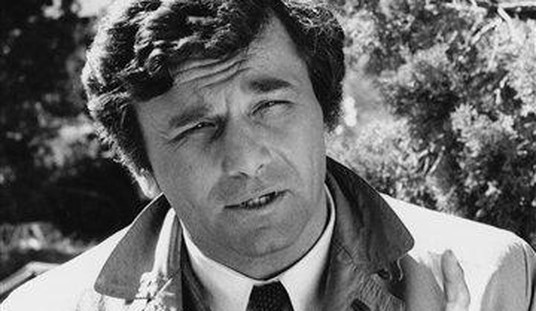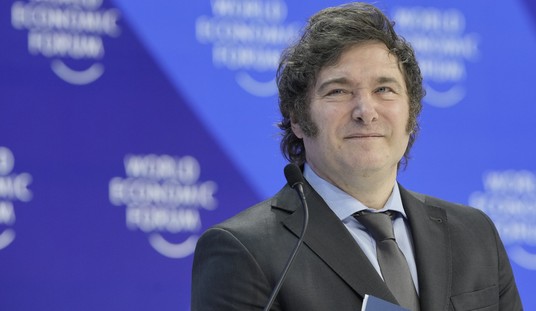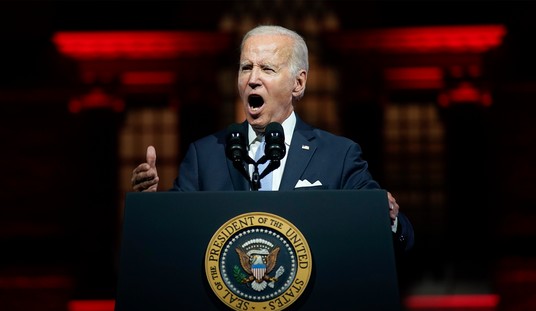The Environmental Protection Agency moved ahead with its controversial rule to “clarify” the definition of protected waters in what Republicans have branded a massive power grab.
In March 2014, the EPA began a “robust” 90-day “outreach effort” to gather input in shaping a final rule, maintaining that the directive is simply a clarification effort needed to define streams and wetlands protection after Supreme Court decisions in 2001 and 2006. The final rule was expected around this time.
Critics, though, charged that the administration embarked on an unprecedented breach of private property rights without scientific basis.
The EPA wants to cover “most” seasonal and rain-dependent streams, which account for about 60 percent of stream miles in the country, arguing they have “a considerable impact on the downstream waters.”
Wetlands “near rivers and streams” would be protected under the CWA, and “other types of waters [that] may have more uncertain connections with downstream water and protection will be evaluated through a case specific analysis of whether the connection is or is not significant.” Critics say this could be construed to even include ponds and ditches on private property.
Overall, the EPA stated, a third of waters in the U.S. don’t meet Clean Water Act standards.
“For the water in the rivers and lakes in our communities that flow to our drinking water to be clean, the streams and wetlands that feed them need to be clean too,” said EPA Administrator Gina McCarthy. “Protecting our water sources is a critical component of adapting to climate change impacts like drought, sea level rise, stronger storms, and warmer temperatures – which is why EPA and the Army [Corps of Engineers] have finalized the Clean Water Rule to protect these important waters, so we can strengthen our economy and provide certainty to American businesses.”
The EPA said that ditches “not constructed in streams and that flow only when it rains” are not covered under the rule, but does cover “prairie potholes, Carolina and Delmarva bays, pocosins, western vernal pools in California, and Texas coastal prairie wetlands when they impact downstream waters.”
“The rule protects waters that are next to rivers and lakes and their tributaries because science shows that they impact downstream waters,” the EPA said. “The rule sets boundaries on covering nearby waters for the first time that are physical and measurable.”
Senate Committee on Environmental and Public Works Chairman James Inhofe (R-Okla.), whose panel has scrutinized the rulemaking in several hearings, said that the EPA didn’t narrow the definitions, but made them broader.
“This makes it more important than ever for Congress to act,” Inhofe said, referring to the legislation he introduced with a bipartisan group of senators last month to rein in the water rules.
“It’s clear that the EPA would rather skew public comments in its favor than acknowledge the real concerns Americans and Congress have with this overreaching rule,” Sen. John Barrasso (R-Wyo.) said. “Instead of moving forward with a rule that fails to represent the interests of many Americans, we should act immediately to pass the bipartisan Federal Water Quality Protection Act.”
President Obama, though, praised the EPA action “to clear up the confusion and uphold our basic duty to protect these vital resources.”
“This rule will provide the clarity and certainty businesses and industry need about which waters are protected by the Clean Water Act, and it will ensure polluters who knowingly threaten our waters can be held accountable,” Obama said in a statement. “My administration has made historic commitments to clean water, from restoring iconic watersheds like the Chesapeake Bay and the Great Lakes to preserving more than a thousand miles of rivers and other waters for future generations. With today’s rule, we take another step towards protecting the waters that belong to all of us.”
Sen. Cory Gardner (R-Colo.) lashed out at the rule as “a massive expansion of federal power” that “puts the EPA in the ludicrous position of acting as the main regulator of ponds, ditches, and even intermittent streams across the country.”
“Generations of state and local officials have crafted water rules that take community needs into account while ensuring that water is kept clean,” he said. “Now, this rule threatens to wash all those years of state water law away and drown communities and businesses in federal red tape.”
House Science, Space, and Technology Committee Chairman Lamar Smith (R-Texas) noted that the rule was unveiled alongside “a new PR campaign attempting to rebrand the rule’s tarnished image.”
“But cosmetic updates cannot hide the fact that it’s still a massive power grab of private property. America’s farmers, landowners and small businesses are right to be concerned,” Smith said. “The rule expands the EPA’s jurisdiction, giving the agency the power to restrict Americans from making decisions about their own property.”
Industry groups also ripped the new rule, with American Energy Alliance president Thomas Pyle calling it “an attack on individuals’ private property rights under the guise of protecting our country’s waterways.”
“In reality, the rule isn’t about protecting waterways or wetlands,” Pyle said. “It’s about increasing the size and scope of the federal government and giving Washington bureaucrats more control over what American citizens do on their own property.”








Join the conversation as a VIP Member